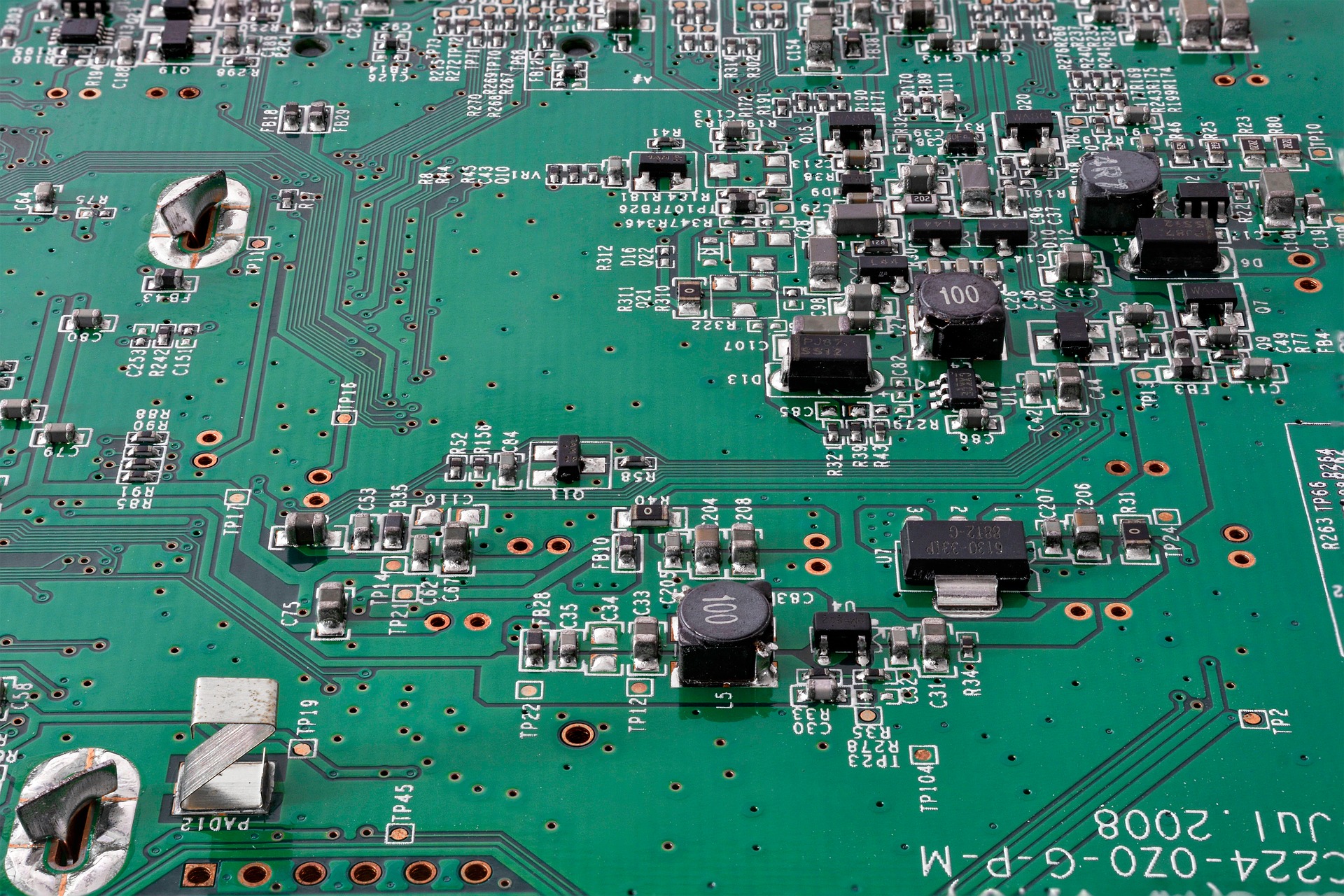Multimeters are current meters, voltmeters, and ohmmeters contained in one case. There are separate current, voltage, and resistance circuits interconnected by switches and they share the same meter movement. A function switch is utilized to choose the type of measurement: position 1 is for de volts and resistance, position 2 is for de and ac current, and position 3 is for ac voltage. The jack on the right, the COMMON jack, is used for all measurements. For every type of measurement, the range switch is set for the correct scale reading. Positions I and 2 are resistance ranges, positions 3 to 6 are current shunt settings, and positions 7 to 9 are voltage multiplier settings. Rectifiers D1 and D3 are linked for ac current measurements and rectifiers D2 and D3 are used for ac voltage measurements. Fuse FI safeguards the meter movement from overload. Resistors R1, R2, R7, R8, and R9 are switched in and out of the circuit by the range switch. The current shunts, R3 to R6 are only linked into the circuit in position 2 of the function switch. The range switch then chooses portions of the ring shunt.
Now, when measuring a 500-ohm resistor, the complete circuit resistance becomes 545 ohms, and the total circuit current becomes 8.3 milliamperes (I = V/ R = 4.5/ 545 = 8.3 mA). Since the meter current will be V100 of the complete current, 0.083 milliamperes will flow through the meter movement, resulting in 0.083 of full-scale deflection (1 milliampere equals full-scale deflection). On the basic series ohmmeter without shunts, the scale read from O to 50 k.Q, and the readings from O to 500 ohms were crowded. Now, with the use of a shunt, the low range readings of the series ohmmeter are spread out so that values between O and 500 ohms can be read precisely.
A basic ohmmeter can be altered to measure lower resistances by linking shunt resistors across the meter movement and its current-limiting resistors, R I and R2. Do not confuse this with the shunt ohmmeter; the unknown resistor is still in series with the meter movement. The basic ohmmeter we examined had a usable range of 0-50 kn. It is often impractical to use single-range current meters and voltmeters when working on electrical equipment. The same is true for ohmmeters; multirange ohmmeters are more practical.
The range of the series ohmmeter cannot be extended to read higher resistances simply by adding resistors in series or in parallel with the meter movement as is the case for current meters and voltmeters. The only way its range can be extended is to enhance the voltage of the power source. Since the current flowing is through the ohmmeter circuit and the unknown resistor follows Ohm’s law (I = V/ R), as the unknown resistance is increased, a point will be reached at which no current will flow, and the meter will not deflect. For noticeable deflections, a higher voltage is required to obtain measurable current in the circuit.
For instance, if the supply voltage is increased by a factor of ten to 45 volts, the unknown resistance that can be measured is increased by a factor of ten. However, current-limiting resistor R3 has to be ten times greater than R 1. In this arrangement, you have an ohmmeter that measures resistance in two ranges: Rx 1, the range of the basic series ohmmeter, and R x 10, the range for readings ten times greater than designated The range of an ohmmeter is typically extended by multiples of ten, and the range switch is marked R x 1, Rx 10, Rx 100, etc.
It would be impractical to extend the range of the 1-mA series ohmmeter by a factor of more than ten because a very large voltage supply would be necessary. For the Rx 100 range, the power source would have to be 450 volts, which is unreasonable. For multirange series ohmmeters, more sensitive meter movements, such as 20,000 ohms/volt, are utilized. This meter would need only 50 microamperes for full-scale deflection; thus, a much smaller source voltage can be used.

The shunt ohmmeter behaves similar to a current meter with a shunt resistor. The current divides in a ratio inversely proportional to the meter resistance and to the unknown resistance linked across the input terminals. For instance, for the 1-mA, 50-Q meter movement, suppose we connect a 100-Q resistor across the input terminals. Twice the current (1/3 milliampere) will flow through the 50-Q meter resistance than will flow through the 100-Q resistor (1/3 milliampere). Since the meter requires 1 milliampere for full-scale deflection, it will only deflect two-thirds scale with 213 milliamperes flowing. If 50 ohms is connected across the meter terminals, the meter current drops to ½ milliampere, and the pointer deflects half scale. If 25 ohms is connected across the meter terminals, the meter current drops to J/3 milliampere, and the pointer deflects one-third scale. As in the series ohmmeter, you can continue with similar known resistors to calibrate the whole scale.
Shunting the meter resistance with different unknown resistors affects the series resistance of the ohmmeter circuit, but the effect is so small that it can be overlooked. The parallel resistance of the 50-ohm meter resistance and the unknown resistor must always be less than 50 ohms. Since the series resistance is 4500 ohms, variations in resistance up to 50 ohms are irrelevant.
The shunt ohmmeter, much like the series ohmmeter, does not have a linear scale. For example, the 100-ohm resistor caused two-thirds scale deflection; the 50-ohm resistor, half the value of the 100-ohm resistor, caused half-scale deflection; and the 25-ohm resistor, one-fourth the value of the 100-ohm resistor, caused one-third scale deflection. Because of the nonlinearity, high resistance readings on the right side of the scale are crowded. However, for the same meter movement, the low resistance readings of the shunt ohmmeter are less crowded than those of the series ohmmeter, which results in more exact low resistance readings.







